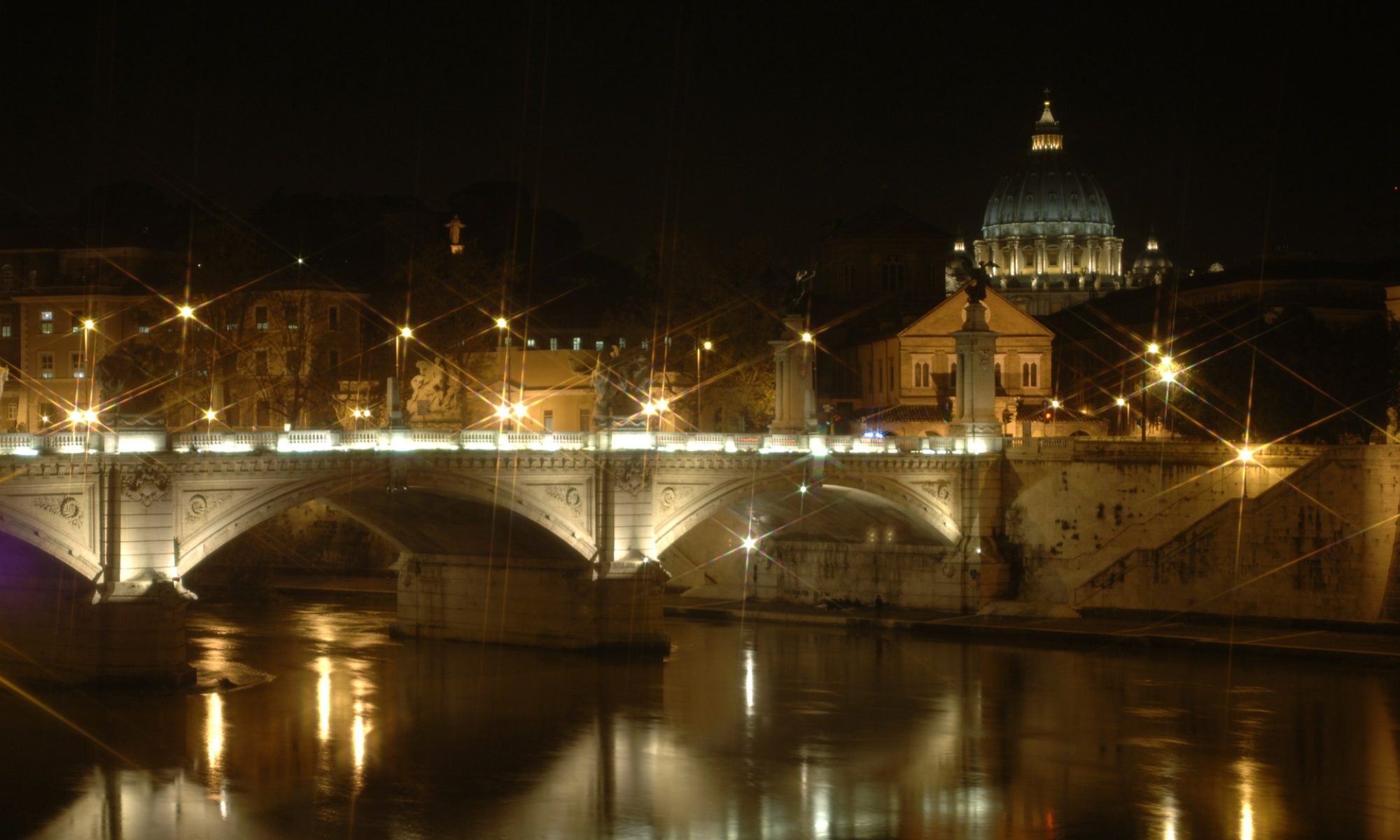Dear Friends of the Vatican Files,
this is not a new Vatican File but a short message to inform you that my book on the Papacy is now available for purchase.
http://www.christianfocus.com/item/show/1617/-
USA: http://www.stl-distribution.com/details/?id=9781781912997
Other areas, check here: http://www.christianfocus.com/distributor/list/-/-
I hope that you will enjoy it!
A Christian’s Pocket Guide to Papacy
Its origin and role in the 21st century
by Leonardo De Chirico

Pages: 128
Trim: Pocket paperback (178 x 110mm)
Isbn 13: 9781781912997
List Price: £4.99
Originally Released: January 2014
Last Reprinted: January 2014
Imprint: Christian Focus
Category: Church Life > Protestant Denominations
- Comprehensive introduction to the Catholic Church’s doctrine
- Unpacks the mystery of the Papacy
- Investigates the topic biblically
Description
Who are the Popes and how does the Roman Catholic Church define their role? What about the present day Popes? What is the ecumenical significance of the Papacy and what are its prospects in the global world? These and other questions are tackled as Leonardo De Chirico explores the Biblical, historical, and theological fabric of the Papacy.
Leonardo De Chirico has been involved in a church planting project in Rome and is now pastor of the church Breccia di Roma (www.brecciadiroma.it). He is lecturer of Historical Theology at Istituto di Formazione Evangelica e Documentazione (www.ifeditalia.org) and vice-chairman of the Italian Evangelical Alliance (www.alleanzaevangelica.org).
Reviews
…Professor De Chirico investigate the phenomenon of Roman Catholic hierarchy using biblical exegesis, fascinating historical data, and basic theological insights to inform our view…engaging, clearly written, polemical in the best sense, and resolutely Scriptural, this is easily the best shorter guide for those wanting to know how to evaluate the institution of the papacy and related matters.
William Edgar, Professor of Apologetics, Westminster Theological Seminary, Philadelphia, Pennsylvania
How readable! How fascinating! How important! This book is a page-turner. I kept thinking, “I have it, to whom can I give it?”…Right at the heart of Roman Catholicism there is this giant delusion. You don’t believe me? Then read this fascinating and brief book and think for yourself.
Geoff Thomas, Aberystwyth Baptist Church, Aberystwyth, Wales
In terms of an introduction to the Catholic Church’s doctrine and exercise of the papacy, this book is unmatched! Read this book and you will gain essential insights into what for many Christians is a mystery, now unpacked by a trusted evangelical theologian and pastor.
Gregg R. Allison, Professor of Christian Theology, The Southern Baptist Theological Seminary, Louisville, Kentucky
